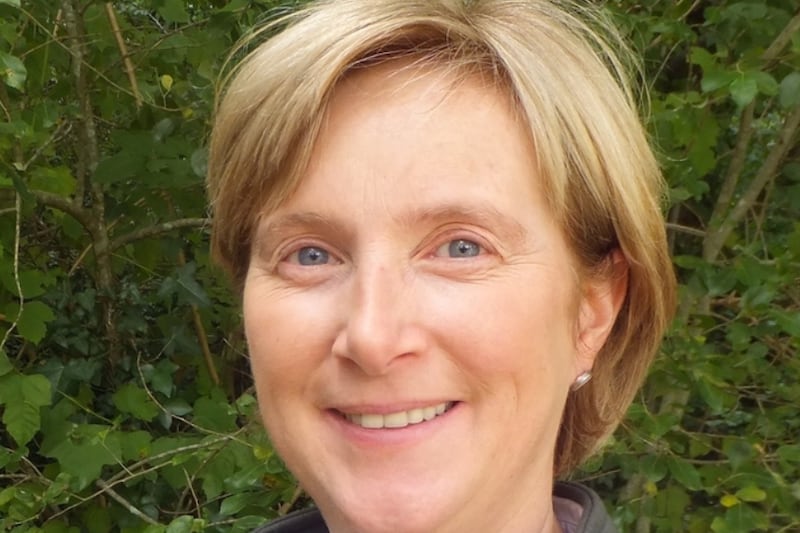Seen from space, the planet Earth looks strikingly blue. Around 71% of its surface is covered in water, making ocean habitats some of the most important and captivating environments to explore.
Although connected as one great body of water, the marine world can be divided into ‘seven seas’ – a term coined by traders and ancient mariners but now used to map our main oceans.
Ahead of World Oceans Day on June 8, here are a few of the best ways to discover the different corners of our big blue home.
North Atlantic
UK

It’s all too easy to dismiss the beauty of our own coastlines. More than 1200 species of animals and plants thrive along British shores, including dolphins and jellyfish. Further north, in Scotland, sandy beaches and sparkling blue waters could compete with some of the finest stretches in the Indian Ocean – on a sunny day.
Explore what’s on offer with a cruise along Britain’s east coast, heading into Scotland, the Orkneys and Shetland Islands. Continue to the Faroe Islands and Iceland, where thousands of puffins descend in summer months.
How: A 12-day Island Hopping in the North Atlantic cruise starts from £3,690pp. Departs June 27 from Dover. Return flights from Reykjavik extra. Visit Hurtigruten.
South Atlantic
Peninsula Valdes, Argentina

There’s no need to travel all the way to Antarctica to see penguins. Thousands of Magellanics move between Brazil and breeding sites along the coastline of Argentine Patagonia. One of the best places to see them is Peninsula Valdes, also a hot spot for breeding southern right whales. Travel between September and December for a chance to see both species.
But the area is probably best known for a pod of orcas with an unusual hunting technique. The clever killer whales have learned to hunt seal pups in shallow waters by beaching themselves on pebble beaches, a unique practice best observed in March and April.
How: A five-day trip costs from £1,623pp, including B&B accommodation, transfers and activities. Flights extra. Visit Swoop Patagonia.
North Pacific
San Juan Islands, USA

Some of the best whale-watching in the world can be done in the calm waters of the Pacific Northwest. Located between Washington state and Canada’s Vancouver Island, the San Juan Islands are frequently circled by orcas, humpbacks, minkes and gray whales. View them from a whale-watching vessel, a kayak or even from the shore.
Inland, there are several hiking and biking trails through the forest or along the coastline. Dine on produce from local farms and drink from artisanal breweries, wineries and distilleries. Ferries and flights connect the islands to the mainland.
How: Rooms at Tucker House on San Juan Island cost from £77pp. Visit Discover North America for holiday packages.
South Pacific
French Polynesia

Part of French Polynesia, a chain of islands scattered across the southern Pacific Ocean, the Marquesas Islands are the epitome of exotic adventure. French artist Paul Gauguin certainly thought so when he retreated to the lush, forested volcanic outcrops to paint some of the most outstanding masterpieces of his career.
Visit his grave on Hiva Oa, one of the stopping points for cargo-cum-passenger cruise ship Aranui. Other highlights include ancient Polynesian ruins along with tattoo artistry and a tiki culture represented by statues honouring ancestors.
How: An 11-day voyage costs from £2,848pp. Flights extra. Various departures throughout the year. Visit Aranui.
Indian Ocean
Seychelles

During the 17th and 18th century, an archipelago of coconut-strewn granite and coralline islands with dangerous reefs and relatively shallow waters provided a hide-out for pirates in small vessels seeking a place to stash their hauls.
Locals living on main island Mahe still search for booty hidden by Le Buse, one of the most notorious characters. But the real treasures of this emerald and turquoise paradise are its natural wonders: mountains covered in forest, nesting sites for charismatic seabirds and an underwater universe filled with sharks, turtles and colourful nudibranchs.
Easily reached by ferry from main island Mahe, La Digue has some of the best beaches. Hop over to neighbouring Praslin to visit UNESCO World Heritage Site Vallee de Mai, where two endemics can be found – the coco de mer palm tree and the black parrot.
How: A tailor-made 14-day island-hopping trip to La Digue and Praslin costs from £3,335pp, including flights, transfers and B&B accommodation. Visit Audley.
Arctic Ocean
Svalbard

The world’s smallest ocean is also the coldest body of water, centred approximately on the North Pole. Arctic derives from the Greek word ‘arktikos’, meaning bear – a poster child for the impacts of climate change in this region.
One of the most accessible places to see the buttery yellow marine mammals is Svalbard, a Norwegian-governed archipelago on top of the world. During the summer months – from May to September – expedition cruise ships sail through accessible waters searching for the apex predators on ice.
Better for the environment and all-round experience, Secret Atlas operate micro-cruises carrying 12 passengers.
How: A Natural Wonders of Svalbard Micro Cruise costs from £8,766pp, excluding flights. Various departures. Visit Secret Atlas.
Southern Ocean
Antarctica

One of our planet’s last true wilderness areas, the seventh continent is surrounded by an equally untamed body of water. Crossing the Drake Passage, it can take two days to reach Antarctica, but take some time to gaze out from the balcony – or porthole – to witness a wildlife spectacle. From majestic albatrosses to dainty prions, dozens of sea bird species ride the waves.
Historically killed for their oils, whales have also made a comeback in recent years – a symbol of hope for conservation efforts in the region.
Although trips are deservedly pricy to reach this fragile part of the world, G Adventures offer a (relatively) affordable option on their sturdy vessel G Expedition.
How: An 11-day Antarctica Classic full board cruise costs from £5,999pp. Flights extra. Various departures between November and March. Visit G Adventures.








